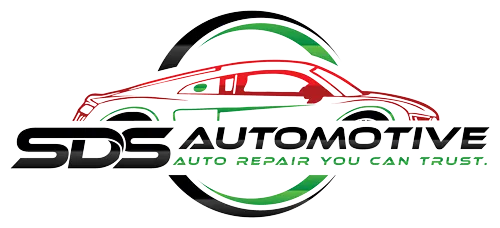Your car’s suspension system includes all the components that connect your vehicle to its wheels, including shock absorbers, springs, upper and lower control arms, suspension struts, sway bars, and more. If any of these parts are damaged or failing, it can lead to serious safety issues for you and your passengers. So how do you know if any of your car’s suspension parts need to be replaced? Here’s an overview of each component, along with some common signs that they’re failing so you can get them repaired before something goes wrong on the road.
What is a Rod End?
A rod end is a bearing that connects a rod to another component. The rod end allows it to pivot freely while the bearing keeps it in place. Rod ends are commonly used in car suspensions, where they link the suspension components and the chassis. Bushings are similar to rod ends but are made of softer materials designed to absorb shock. Unfortunately, rod ends, and bushings can fail over time, causing your car to experience increased vibration or clunking noises.
What is a Ball Joint?
A ball joint is a suspension component found on virtually all modern vehicles. It is a pivot between the control arm and steering knuckle, allowing the wheel to move up and down while the car is in motion. Ball joints are held in place by a retaining nut and boot, which keep the grease and dirt out. Over time, however, these components can wear down, leading to car trouble.
What is an Outer Tie Rod?
The outer tie rod is one of the essential suspension components in your car. It connects the wheel to the steering knuckle, allowing the wheel to turn when you turn the steering wheel. Unfortunately, the outer tie rod can wear out, causing the wheel to become loose and making it difficult to steer. So if you’re having car trouble and notice that your steering is not as responsive as it used to be, it’s a good idea to check your outer tie rod.
How Do I Know If My Car Needs New Suspension Parts?
If your car makes creaking or grinding noises when you go over bumps, it’s time to check your suspension. Also, if your car feels like it’s bouncing more than usual or the ride feels rougher than expected, those are signs that your suspension components may fail. Another sign of trouble is if your car starts to pull to one side when you’re driving.
How Can I Avoid Suspension Damage in the Future?
The best way to avoid suspension damage is to have it regularly serviced by a qualified mechanic. This way, potential issues can be caught early and repaired before they cause extensive damage. Additionally, be sure to drive carefully and avoid potholes or other obstacles that could jar your suspension and cause damage.
If you suspect your car’s suspension system is failing or if you hit a deep pothole, have your vehicle checked out as soon as possible to ensure that nothing is damaged. Being proactive can help keep your car’s suspension in good condition for years to come.
